Environmental, Social and Governance (ESG) and Corporate Social Responsibility (CSR) are two terms that are used when discussing how socially conscious a business is.
But as there is some overlap between them, many are curious to learn what is the difference between ESG and CSR. So, as part of our sustainability month here at Business Leader, we have investigated the differences between them.
What is ESG?
Environmental, Social and Governance (ESG) criteria are a set of standards that potential investors use to screen companies that they could potentially invest in.
ESG standards look at a company’s environmental impact (Environmental) and its relationships in the area they operate in, including with employees, suppliers, customers and the wider community (Social). They also look at the company’s leadership, executive pay, shareholder rights, audits and internal controls (Governance).
What is CSR?
Corporate Social Responsibility (CSR) is a self-regulating business model where companies are more conscious of the impact they are having on wider society. This includes the environment, the economy and people within society.
Companies who practice Corporate Social Responsibility (CSR) actively operate in ways that enhance society and the world around them, whilst also making themselves more accountable to themselves, their stakeholders and the public.
So, what’s the difference between ESG and CSR?
Whilst ESG and CSR are both concerned with a company’s impact on society and the environment, the major difference between them is that CSR is a business model used by individual companies, but ESG is a criteria that investors use to assess a company and determine if they are worth investing in.
There are studies suggesting that more environmentally-minded firms offer better returns for investors, so ESG and CSR are two important considerations for businesses, especially startups.
Examples of sustainability in the office
In our article on what changes will the workplace needs to make to be sustainable, we explored various ways that businesses could become more sustainable. Here, we’ve looked at specific companies and what they’ve done to make themselves more sustainable:
IKEA
Swedish furniture manufacturers IKEA have one of the most sustainable supply chains out there, with 50% of their wood coming from sustainable foresters and 100% of their cotton from farms that meet the Better Cotton standards. IKEA stores are also powered by more than 700,000 solar panels.
Panasonic
One of the more remarkable feats of sustainability, electronics company Panasonic moved their North American headquarters from suburban Seacaucus, New Jersey to a Leadership in Energy and Environmental Design (LEED) certified building in downtown Newark, right by Penn Station. This eliminated the need for employees to drive to work, therefore reducing carbon emissions.
Patagonia
In what some might call an interesting market strategy, US clothing company Patagonia has released ads encouraging people not to buy things they don’t need, even their own products. They’ve also got a repair program for their products, which limits the need to replace them.
For more examples, check out our list of 25 sustainable UK companies that are out to save the planet.
There are also numerous examples of companies with poor sustainability credentials. For example, when speaking about sustainability in the retail industry, Tobias Buxhoidt, founder and CEO of parcelLab, had this to say:
“While many brands may preach about their sustainability credentials or environmentally conscious approach to retail, they aren’t showing flexibility or willingness to allow their customers to make more eco-friendly choices where deliveries are concerned.”
“Fulfilment companies such as DPD, which many retailers work with, might offer a carbon neutral delivery alternative, but many of the brands themselves do not give the choice of carbon offsetting in the transportation or packaging process.”
“Whether its auditing package sizing to reduce waste, offering carbon offsetting or giving customers the option to purchase unbranded packaging with only relevant recycling information, there exists a whole gamut of measures brands can take to give back power to the consumer and allow them to make more sustainable choices.”
Sustainability in the built environment
When it comes to the built environment, construction contractors, architects and governments have all been exploring ways to make domestic and commercial properties more sustainable.
One of the ways of doing this is to incorporate renewable energy sources, like solar panels and wind turbines, into a building’s design. Making the building better at retaining heat also reduces reliance on fossil fuels, further improving sustainability.
Using non-toxic, ethically sourced and sustainable materials in a building’s construction is another key principle of sustainable building design, as is reducing the amount of resources being wasted and minimising wastage.
Measures like rainwater harvesting and ensuring there are recycling measures in place can help minimise wastage. Ensuring there are good public transport links for the building, and reducing the need to use a car, is another way to make buildings more sustainable.
Businesses that are looking to better adhere to ESG principles and/or implement their own strategy for Corporate Social Responsibility (CSR) should consider some of the elements of sustainable building design and look to replicate some of the sustainable measures that have been implemented by companies like IKEA and Panasonic.
Related and recommended

Organisational psychologist John Amaechi challenges leaders to drop the ego, embrace humility and build organisations that thrive

If innovation feels risky, you’re doing it right. Here’s how to turn that risk into reward

Anthony Eskinazi is one of the UK’s most successful entrepreneurs in the sharing economy sector, but there's things he wishes he knew much earlier to scale.

The real value of artificial intelligence lies not in replacing people but in collaborating with humans’ unique creativity

